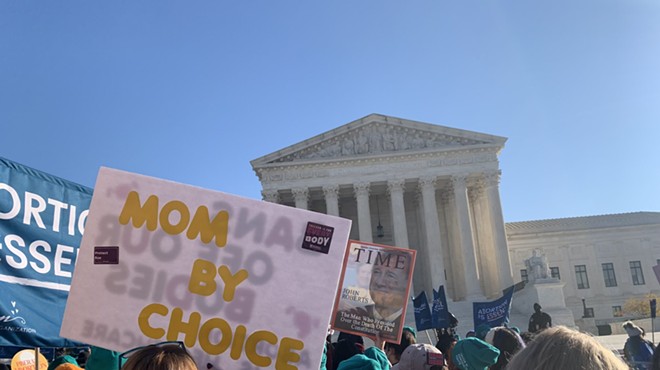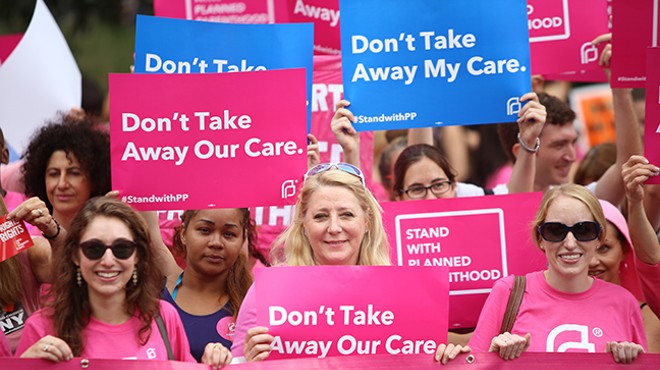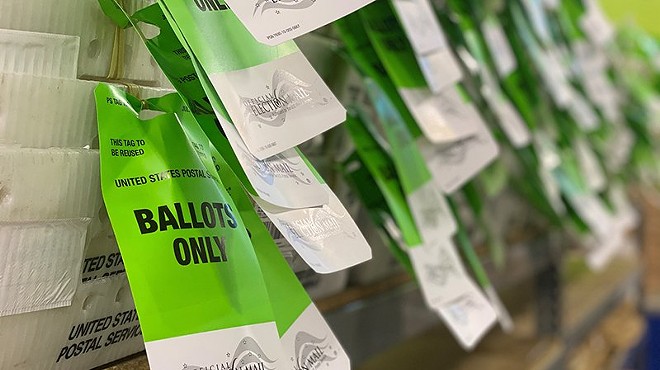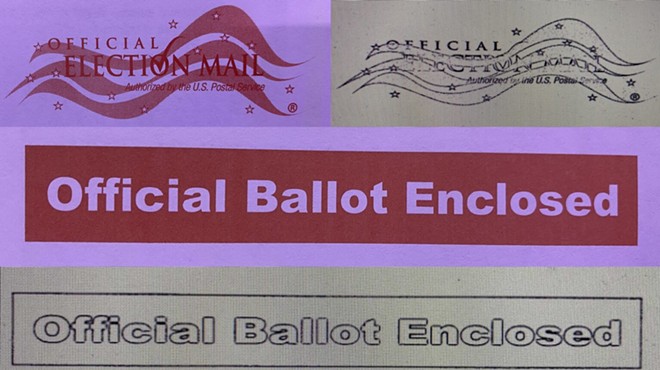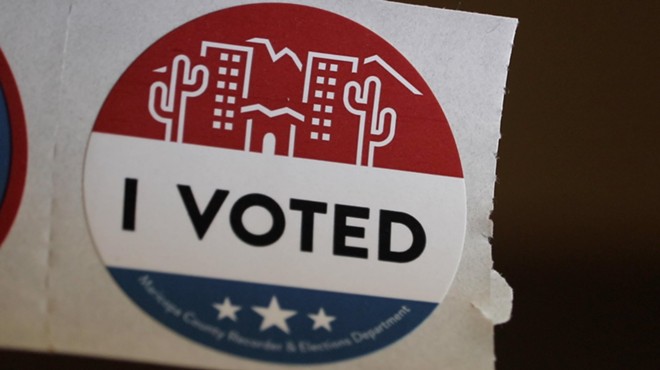Thursday, April 15, 2010
Tax Day Protests: Do Most People Know What They're Protesting?
We're going to hear a lot of angry complaints about taxes in the media today. People who probably don't owe a dime in federal income taxes will be quoted about how upset they are about their tax bill.
Following up on this week's story about the utter incoherent positions that the GOP congressional candidates are taking on taxes, here's a recent piece from The New York Times that tries to bring reason into the conversation:
Forty-seven percent.That’s the portion of American households that owe no income tax for 2009. The number is up from 38 percent in 2007, and it has become a popular talking point on cable television and talk radio. With Tax Day coming on Thursday, 47 percent has become shorthand for the notion that the wealthy face a much higher tax burden than they once did while growing numbers of Americans are effectively on the dole.
Neither one of those ideas is true. They rely on a cleverly selective reading of the facts. So does the 47 percent number.
Given that taxes are likely to be one of the big political issues of
the next few years — and maybe the biggest one — it’s worth understanding who really pays what in taxes. Once you do, you can get a sense for our country’s fiscal options. How, in other words, will we be able to close the huge looming gap between the taxes we are scheduled to pay and the services we are scheduled to receive?
The answer is that tax rates almost certainly have to rise more on the affluent than on other groups. Over the last 30 years, rates have fallen more for the wealthy, and especially the very wealthy, than for any other group. At the same time, their incomes have soared, and the incomes of most workers have grown only moderately faster than inflation.
Sadly, it's not really as simple as the politicians would like you to believe.







